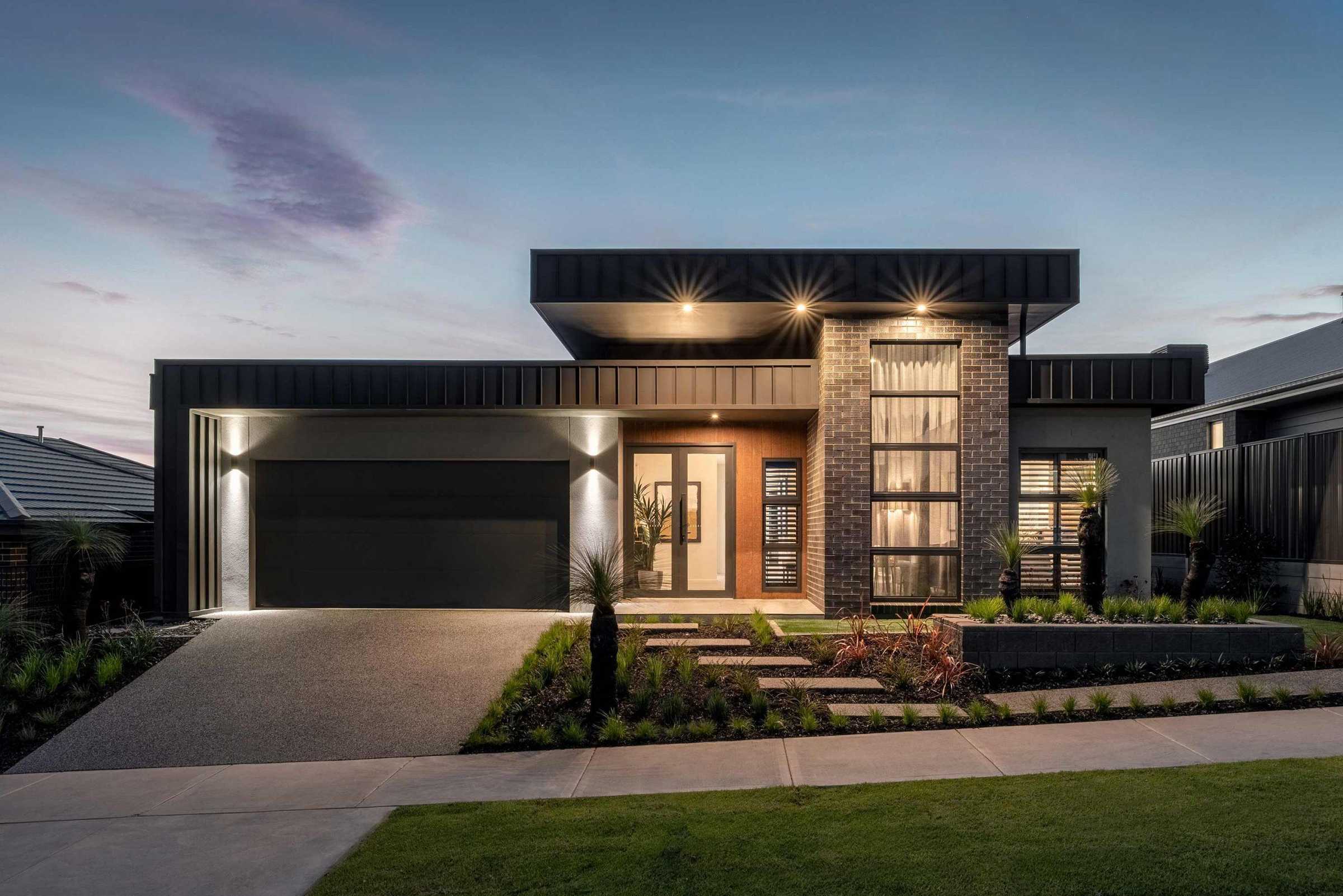

Home automation is the technology whereby appliances and systems in the home are controlled remotely by a central device. Home automation systems include security, lighting, heating, and entertainment systems. A home automation system is a system that allows you to control your home’s lights, appliances, and other electronic devices remotely.
Home automation aims to provide homeowners with a convenient and efficient way to manage their home environment. Homeowners can save time and energy by automating tasks such as turning lights off and on, adjusting the thermostat, and opening and closing doors. Additionally, home automation can improve safety and security by allowing homeowners to remotely monitor and control their home environment.
There are many different types of home automation, so it depends on what you are looking for and your budget. Some popular smart home devices include the Nest Thermostat, the Philips Hue lighting system, the August Smart Lock, and the Amazon Echo.
Innovative home technology refers to a home equipped with devices and appliances that can be controlled remotely. It’s a combination of networking products, sensors, and software that makes your house or apartment more responsive to your needs and habits.
In theory, you can automate all kinds of things, from your door locks and thermostat to your lights and appliances. In addition, innovative home products are becoming more and more affordable as technology improves. Still, there’s a lot of work to be done before they become a must-have item and even more before they can reliably talk to each other. On the other hand, home automation is the process of automating tasks in the home, such as controlling the lighting and temperature.
Home automation is used when home electronics are connected to the internet. Home automation is also used when a home security system is connected to the internet. Automation is a process used to prevent or monitor electronic devices and mechanical equipment. For example, automation can control or monitor home security systems.
Home security systems can be used to notify the homeowner when there is an emergency. Home security systems can also monitor the homeowner’s heart rate and breathing. Home security systems are always connected to the internet and can be used to monitor home activities. Home automation is used when home electronics are connected to the internet, and home security systems are connected to the internet.
There are many different ways to automate your home, from simple tasks like setting your thermostat to more complicated systems that can control your entire home. Here are some of the most popular ways to automate your home:
The price of home automation can vary depending on the type and number of features included. Generally, basic home automation systems with fewer features can cost around $100, while more advanced techniques with more elements can cost several thousand dollars.
Pros of Home Automation
Cons of Home Automation
There are many reasons why home automation is the future. One reason is to save energy and money. For example, you can program your thermostat to lower the temperature while away from home and raise it when you return. It can also save you money on the energy bill.
Another reason home automation is the future is that it can improve your home’s security. For example, you can install security cameras and program them to send you alerts if they detect movement. You can also set up lights to turn on and off at certain times to deter burglars.
Some examples of home automation include:
There are many types of home automation products on the market, ranging from simple light switches that can be controlled remotely to complex systems that can automate almost every aspect of the home. Hence, home automation can simply make your life easier. For example, imagine controlling all the lights in your home from your Smartphone. Or, imagine being able to tell your home’s assistant to start playing your favorite music as soon as you walk in the door. These are just a few examples of how home automation can make your life easier and more convenient.
A healthy smile is not just a measurement of beauty; it is an indicator of…
Being good on TikTok is about more than just following trends and timing them well;…
Wondering how to boost online sales and customer engagement in your furniture eStore? Take inspiration…
Are you looking to improve the speed of your WooCommerce store to be more efficient,…
TikTok's AI features totally change the way that videos are made because they unveil possibilities…
The aviation sector is growing continuously. Nowadays, airlines use modern technology for better pilot training.…